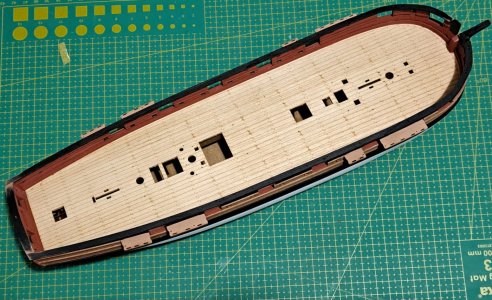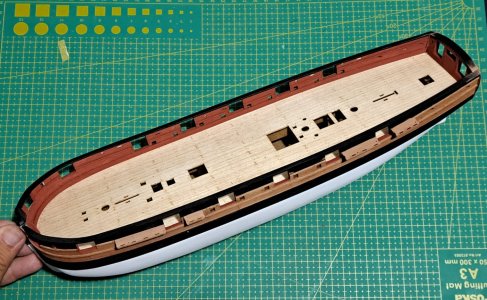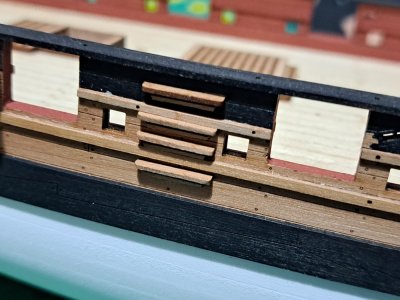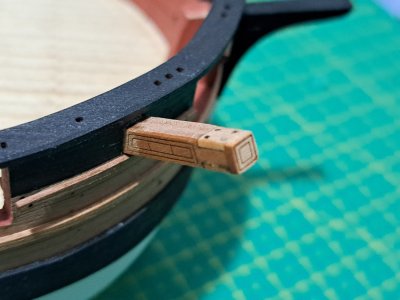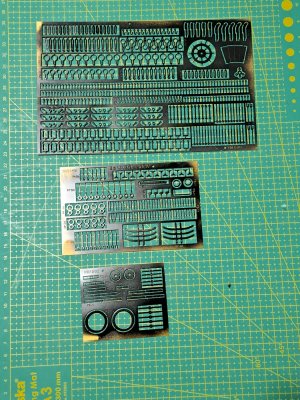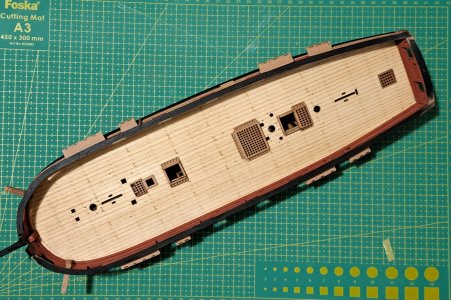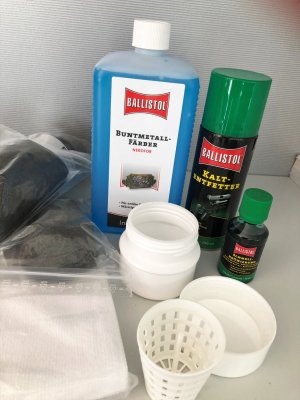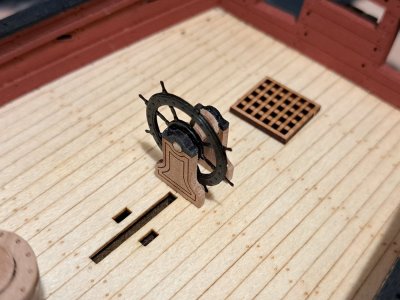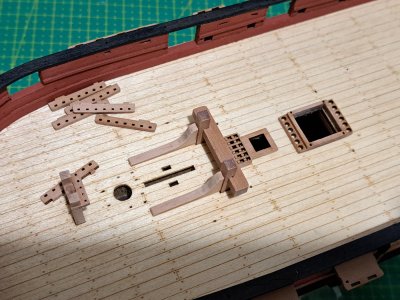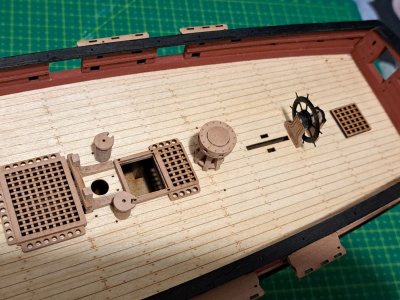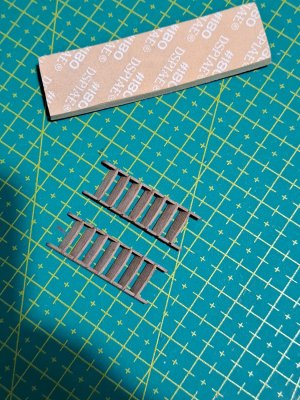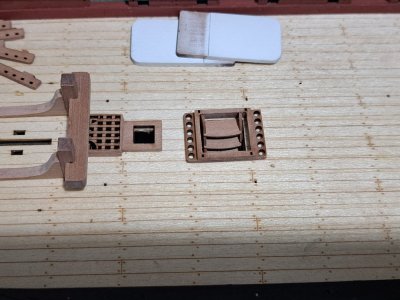thank you UwekI agree here with Allan
In my personal opinion and not knowledge, I would think that the sliding keels were not coppered.
First of all it would be additional weight for lifting up.
Second the keels were relatively easily to be exchanged, if after years the would have some damages caused by woodworm
Third, the keels were solid wood, so no problematic if they would slightly rot..... no need of watertightness like on a hull
On the other hand, the rudders of ships were also coppered
But looking at the detailed drawings - there was so small space between the sliding keel and the shaft, that all copper sheathing of the keel would produce maybe some problem with the lifting - imagine, if one copper sheat would stand away, or one nail would be slightly too long etc....
View attachment 471903
View attachment 471904
These are drawings of the HMS Cynthia (1796)
Collection Results | Royal Museums Greenwich
www.rmg.co.uk
I think they had more problems to make the inside of the keel shaft watertight - maybe this part was coppered (but not visible in a model)
BTW: kenthistory is a very good page with often interesting and complete technical data of ships and the classes - worth to have a visit or two or three
-

Win a Free Custom Engraved Brass Coin!!!
As a way to introduce our brass coins to the community, we will raffle off a free coin during the month of August. Follow link ABOVE for instructions for entering.
-

PRE-ORDER SHIPS IN SCALE TODAY!
The beloved Ships in Scale Magazine is back and charting a new course for 2026!
Discover new skills, new techniques, and new inspirations in every issue.
NOTE THAT OUR FIRST ISSUE WILL BE JAN/FEB 2026
You are using an out of date browser. It may not display this or other websites correctly.
You should upgrade or use an alternative browser.
You should upgrade or use an alternative browser.
Clean and accurate work
One hint related to the photoetched parts, which you paint.
With this method you have still some small areas where the part is still fixed with the sheet
Try once, maybe with your next project, to blacken the parts after removing and cleaning the parts forom the sheet
Blackening is very easy to make and has (according my subjective personal opinion), a better appearance
One hint related to the photoetched parts, which you paint.
With this method you have still some small areas where the part is still fixed with the sheet
Try once, maybe with your next project, to blacken the parts after removing and cleaning the parts forom the sheet
Blackening is very easy to make and has (according my subjective personal opinion), a better appearance
Thank you Uwek. I used the Ammo mig liquid, the stronger one, for last project, but found it unsatisfying. With paint and laquer, they are much stronger during handling. CheersClean and accurate work
One hint related to the photoetched parts, which you paint.
With this method you have still some small areas where the part is still fixed with the sheet
Try once, maybe with your next project, to blacken the parts after removing and cleaning the parts forom the sheet
Blackening is very easy to make and has (according my subjective personal opinion), a better appearance
thanks for tip. will give it a try next modelMaybe you try Balistol - it is more blueing like steel
View attachment 472896
or the product of Birchwood Casey - more black


